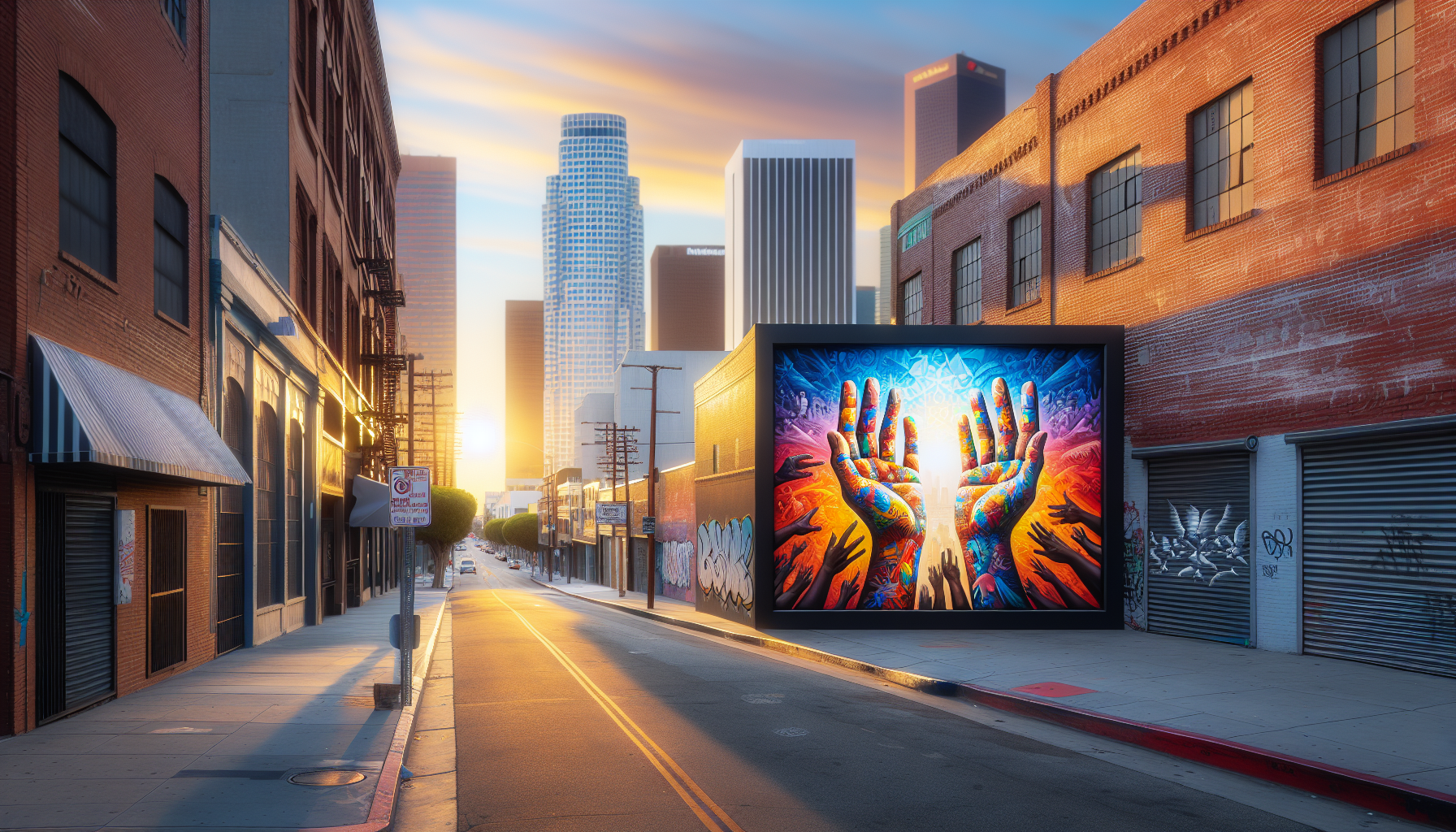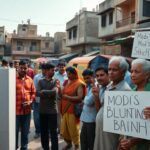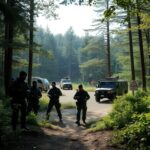Table of Contents
In recent weeks, the ongoing debate surrounding immigration enforcement in the United States has intensified, particularly in cities like Los Angeles. The actions of Immigration and Customs Enforcement (ICE) have sparked significant controversy, raising questions about the balance between public safety and the rights of undocumented immigrants.
As tensions rise, it’s essential to understand the implications of these policies on communities and the broader societal context.
Understanding the role of ICE in local communities
ICE has been actively rounding up individuals with criminal records, including serious offenses such as drug trafficking and violent crimes.
Critics argue that these actions disproportionately target vulnerable populations and create an atmosphere of fear within immigrant communities. Mayor Karen Bass has voiced concerns that ICE’s operations disrupt the safety and stability of neighborhoods, suggesting that the presence of federal agents can lead to chaos rather than order.
Supporters of ICE, however, contend that enforcing immigration laws is crucial for maintaining public safety. They argue that individuals with criminal backgrounds pose a threat to the community and that deportation is a necessary measure to protect citizens. This perspective resonates with many Americans who prioritize safety and security, particularly in light of rising crime rates in certain areas.
The impact of local activism on immigration policies
Local activism plays a significant role in shaping the narrative around immigration enforcement. Groups such as the Coalition for Humane Immigrant Rights of Los Angeles (CHIRLA) have mobilized protests against ICE, advocating for the rights of undocumented immigrants.
These activists argue that the focus should be on community support and integration rather than punitive measures that separate families and instill fear.
However, the methods employed by some activist groups have raised eyebrows. Instances of violence and property damage during protests have led to questions about the effectiveness and safety of these demonstrations.
Critics argue that such actions undermine the legitimacy of the movement and distract from the core issues at hand.
The political landscape and its influence on immigration discourse
The political climate in California, particularly among Democrats, has further complicated the immigration debate. Leaders like Governor Gavin Newsom and Vice President Kamala Harris have criticized federal actions, framing them as attempts to sow chaos and provoke unrest. This rhetoric often aligns with the sentiments expressed by local activists, creating a unified front against perceived federal overreach.
Yet, this alignment raises concerns about the prioritization of political agendas over community safety. Many residents feel that their safety should be the primary concern of elected officials, rather than catering to activist groups. The challenge lies in finding a balance that addresses the needs of all community members while ensuring that public safety remains a top priority.
As the debate continues, it is clear that the intersection of immigration enforcement and community safety is a complex issue that requires careful consideration. Understanding the perspectives of all stakeholders involved is crucial for fostering a more informed and constructive dialogue.





